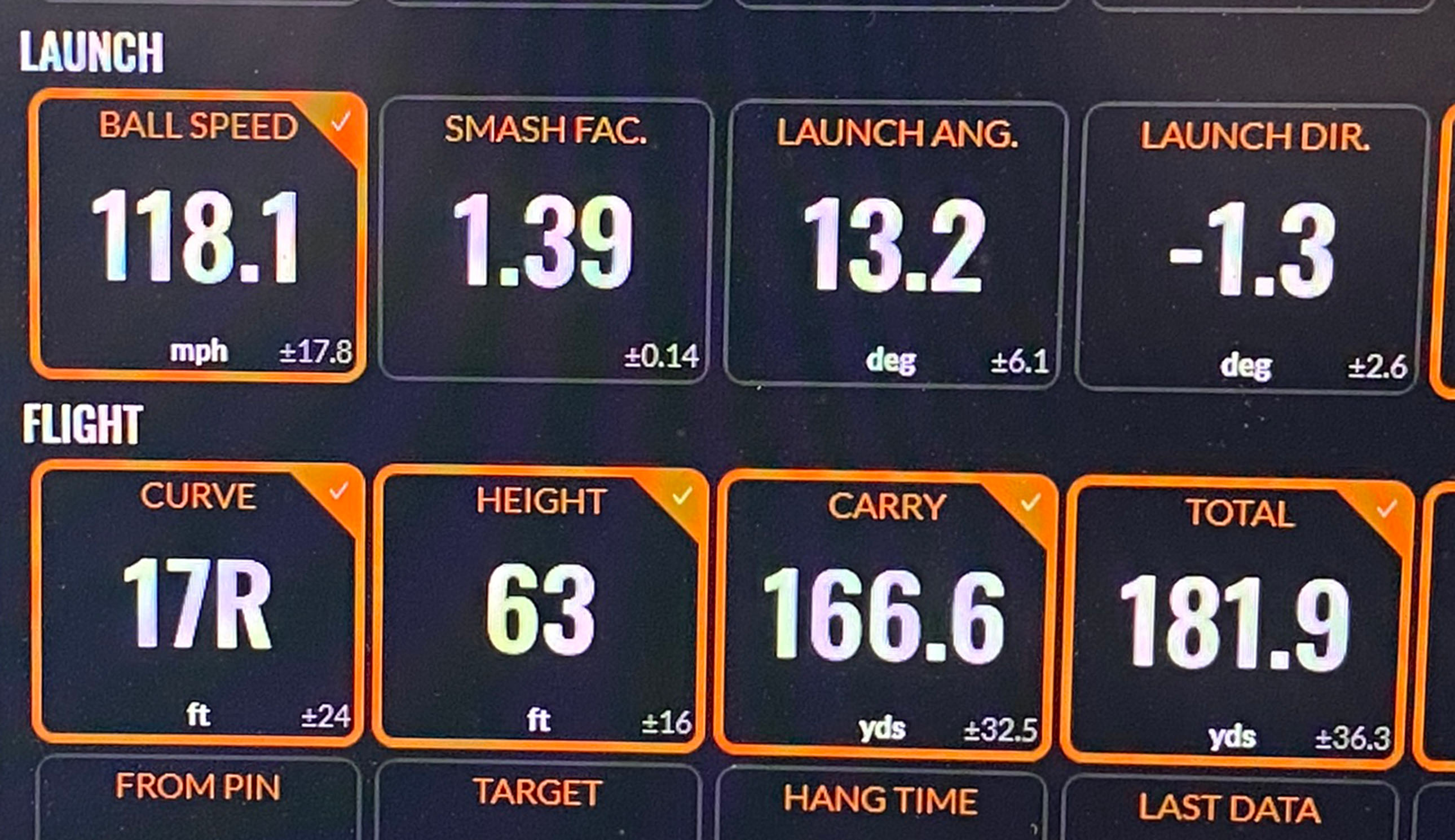What Is Smash Factor In Golf?
Martin Hopley reveals what your smash factor is, how to calculate it and how to interpret this valuable data point


What Is Smash Factor In Golf?
Smash factor on a golf shot is something you will come across if you have been hitting balls using one of the best launch monitors such as Toptracer, Trackman or Foresight Sports GCQuad. But what does it mean?
Smash factor is a measure of how efficient you are at transferring energy from the club head into the ball. It is calculated by dividing the ball speed by the club head speed. If your ball speed is 145 miles per hour and your driver club head speed is 100 mile an hour, then the smash factor is 1.45.
Smash factor will vary for different clubs and the ideal for drivers is 1.5, although it possible to see smash factor numbers above this. Most amateur golfers should be in the 1.43 to 1.45 range. With irons you can expect to see smash factors below 1.4 as the heads are less efficient at transferring energy.

Smash factor in itself is therefore just a ratio for guidance when fitting as many things can determine it. To maximise energy transfer you need the face of the club to be square at impact and on a neutral swing path to minimise any side spin. You also need to hit the club as close the middle as possible as the sweet spot is the point on the face of maximum energy transfer.
If you miss hit the ball off center or your swing path cuts across the ball then this can reduce your smash factor. A lesson to improve your technique or a custom fitting session to change the set up of your club to improve your impact conditions should increase the smash factor and therefore the resulting distance.

Smash Factor is often referred to as Efficiency
You also need to ensure that you are measuring the part of the face you are hitting the ball from as during the swing the toe is travelling faster than the center, which in turn is going faster than the heel. Whilst smash factor is a good measure of efficiency it does not necessarily measure the best club for ball speed, which is the main factor in distance. A club moving at 100 mph with a smash factor of 1.5 would create 150mph ball speed. However a club moving at 105 mph with a 1.47 smash factor would generate 154mph ball speed. The best golf clubs, especially the best golf drivers and the most forgiving drivers, keep the smash factor number up when the strike moves away from the sweet spot.
Subscribe to the Golf Monthly newsletter to stay up to date with all the latest tour news, equipment news, reviews, head-to-heads and buyer’s guides from our team of experienced experts.
Factors such as club head design and type of shaft can influence club head speed and an experienced custom fitter should be able to get the balance right to optimise ball speed and smash factor. It can be hard to know what the launch monitor numbers mean but a good fitter will be able to explain them simply.
Martin Hopley is one of the foremost UK equipment reviewers with over 20 years' experience. As the former founder of Golfalot.com he was an early pioneer of online reviews and has also been a regular contributor to other titles. He is renowned for his technical knowledge and in-depth analysis, which he now brings to Golf Monthly.
